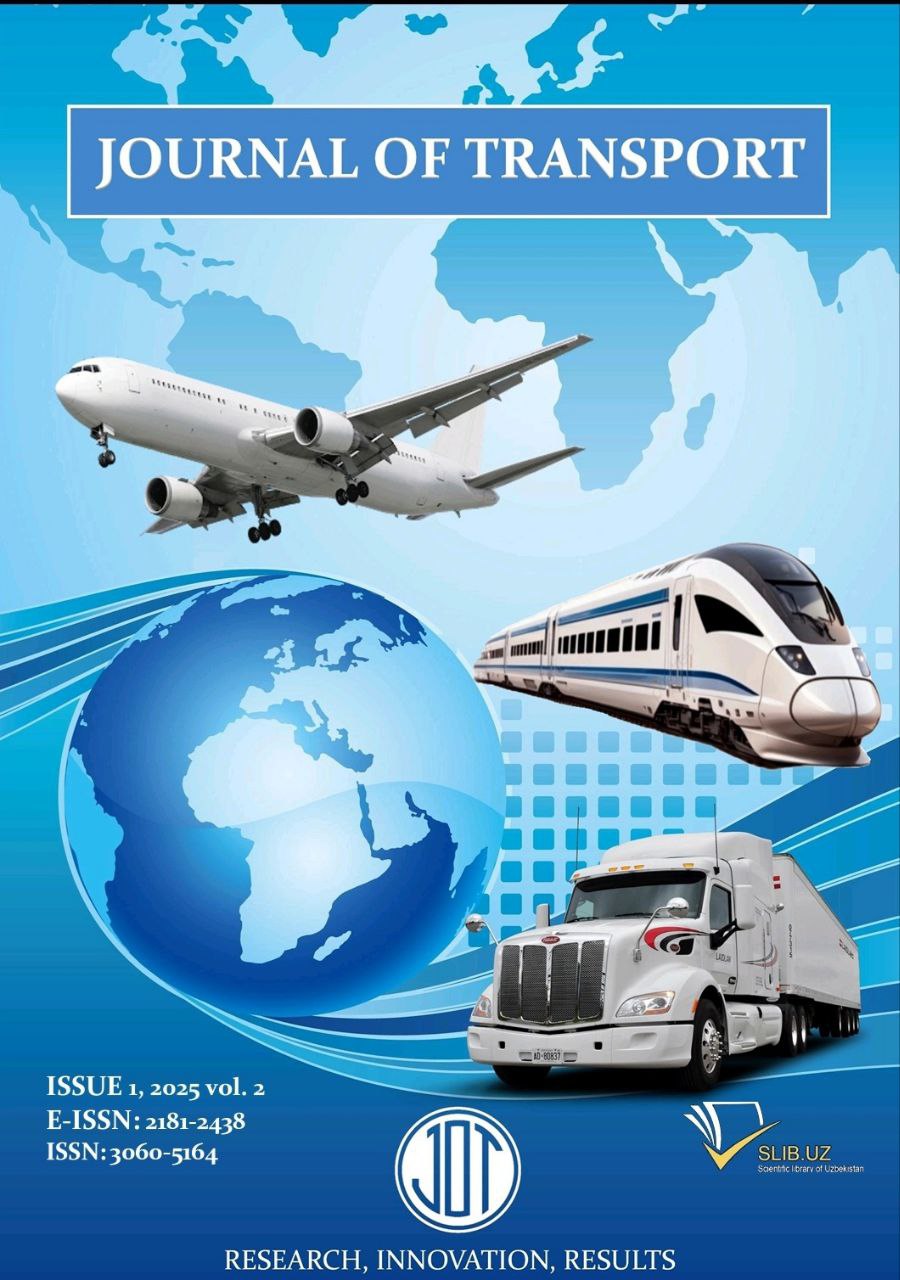Enhancing energy efficiency in buildings operated under variable thermal regimes
Abstract
This article explores contemporary approaches to improving the energy efficiency of buildings operating under variable thermal conditions. The key factors influencing energy consumption are analyzed, including the building’s thermal inertia, insulation quality, and the efficiency of engineering systems. Both active and passive energy-saving methods are presented, such as intelligent indoor climate control systems and architectural and planning solutions. Particular attention is paid to the techno-economic aspects of implementing energy-saving measures and the promising directions for further development in this field. Practical recommendations are proposed for optimizing energy consumption and enhancing building performance under fluctuating thermal loads.
References
[2] Сотников А.Г. Проектирование и расчет систем вентиляции и кондиционирования воздуха. - СПб.: Береста, 2023.
[3] Горшков А.С. Энергоэффективность в строительстве. - М.: Строительство, 2024.
[4] International Energy Agency. Energy Efficiency in Buildings. - Paris: IEA Publications, 2023.
[5] ASHRAE Handbook - HVAC Applications. - Atlanta: ASHRAE, 2023.





